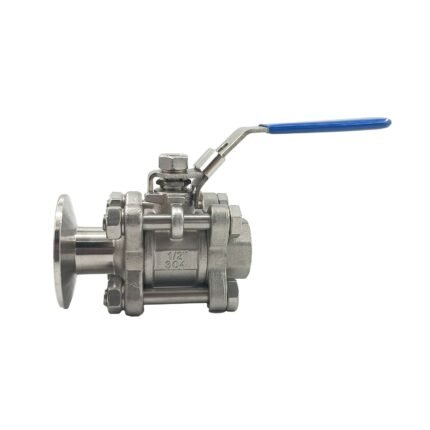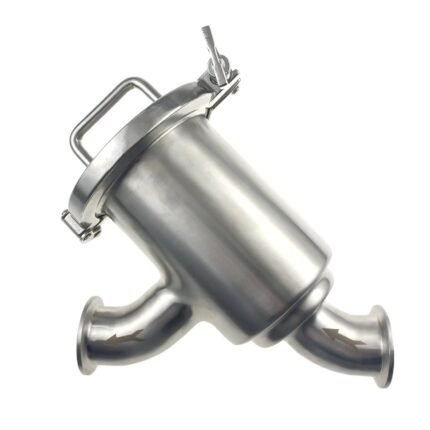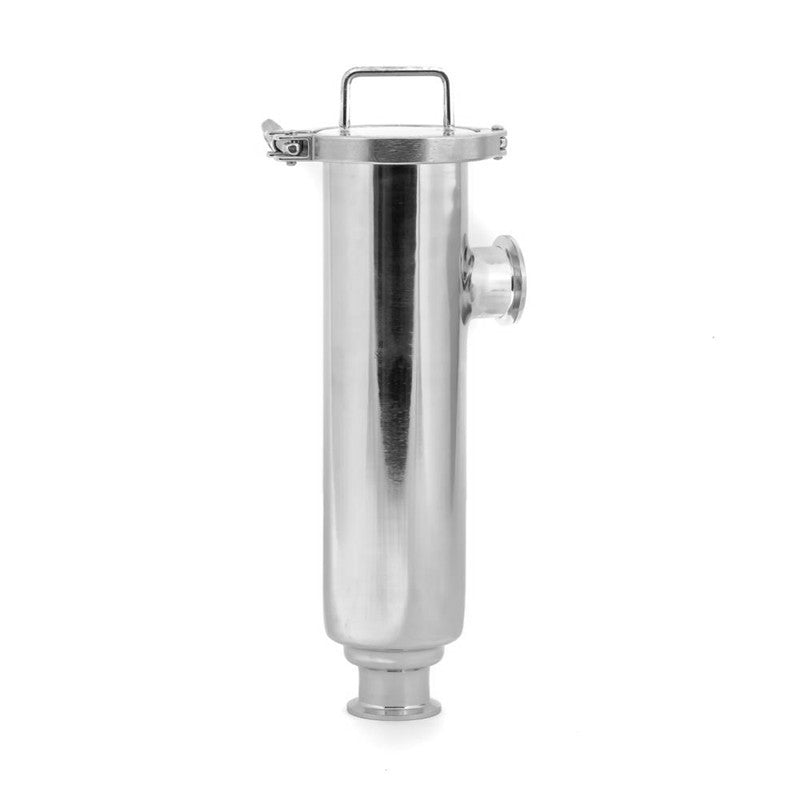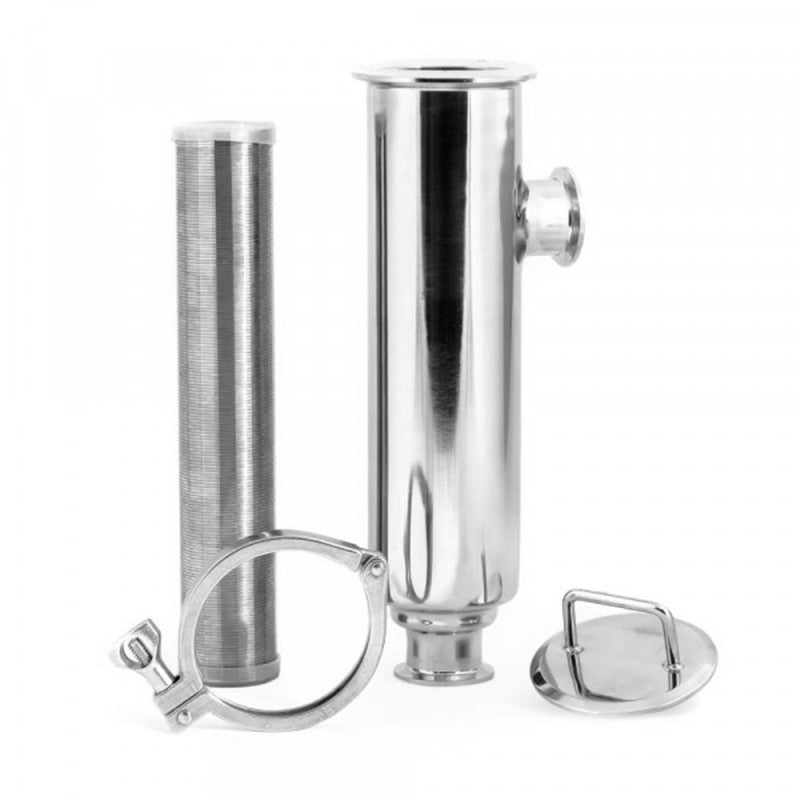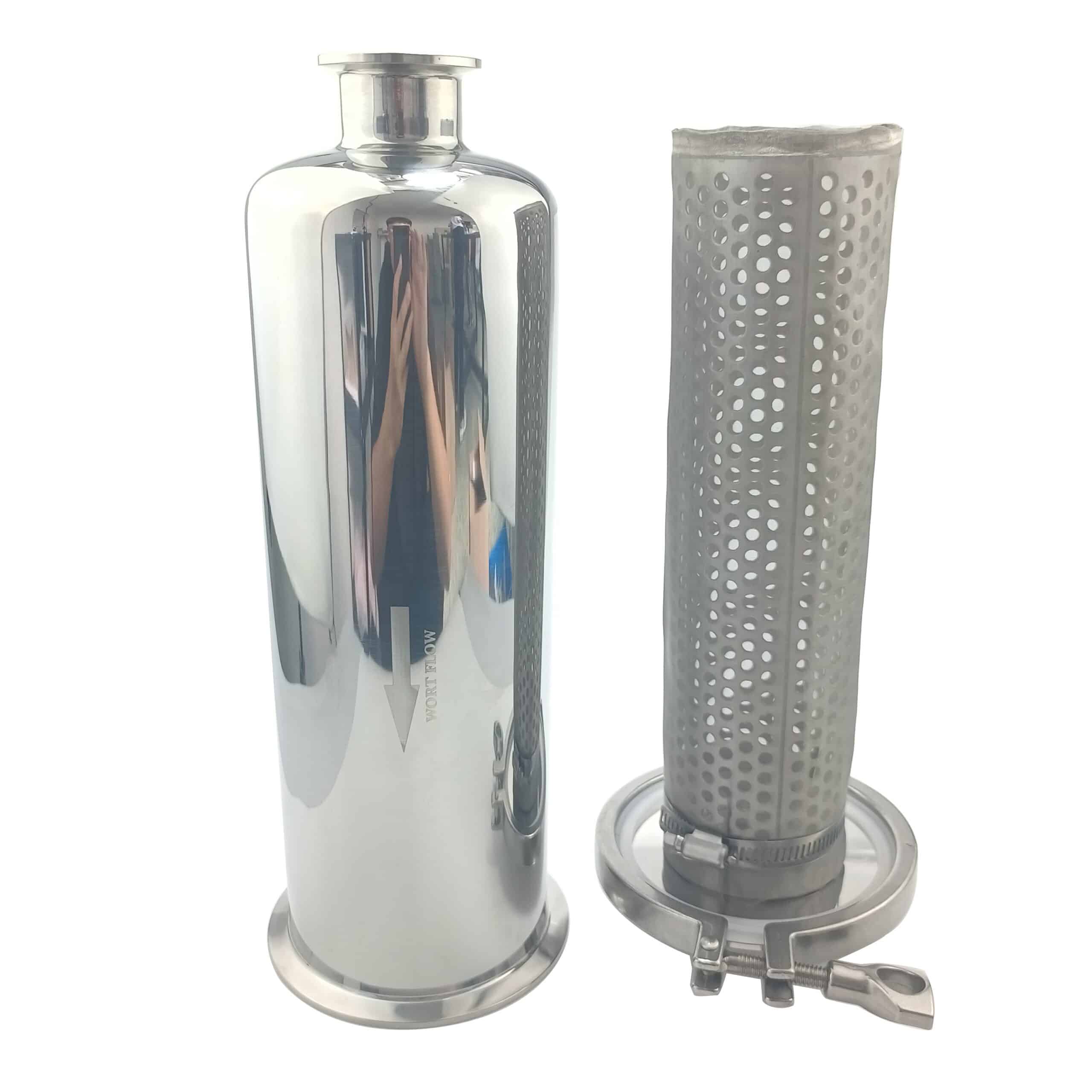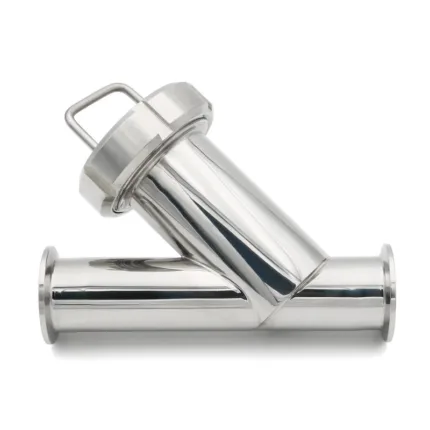Product Description
- Mirror polished inside and outside.
- Wire mesh type element.
- 3/4″,1″, 1.25″ and 1.5″ share the same clamp flange outside diameter—50.5mm.
- 2″ is 64mm clamp flange.
- 2.5″ is 77.5mm clamp flange.
- 3″ is 91mm clamp flange.
Frequently asked questions
FAQ about Sanitary Y Type Filter Pipeline Strainer Stainless Steel SS304 and SS316L
1. What is a Sanitary Y Type Filter Pipeline Strainer?
A Sanitary Y Type Filter Pipeline Strainer is a device used in various fluid processing applications to remove particulate contaminants from liquids, ensuring a clean and safe flow. The “Y” design allows for easy installation and maintenance.
2. What materials are available for this type of strainer?
This type of strainer is commonly made from stainless steel, with SS304 and SS316L being the most popular options. SS304 offers good resistance to corrosion and is suitable for many applications, while SS316L provides enhanced corrosion resistance, especially in harsh environments.
3. What are the main applications of the Sanitary Y Type Filter Pipeline Strainer?
Sanitary Y Type Filter Pipeline Strainers are widely used in food and beverage processing, pharmaceuticals, cosmetics, and chemical industries, where maintaining high hygiene and sanitation standards is crucial.
4. How do I install a Sanitary Y Type Filter Pipeline Strainer?
The installation process typically involves selecting the appropriate location in your pipeline, ensuring that the flow direction matches the arrow on the strainer, and securing it with appropriate fittings. Always refer to the manufacturer’s installation guidelines for best results.
5. How often should I clean or replace the filter element?
The frequency of cleaning or replacing the filter element can vary based on your specific application and the amount of particulates in the fluid. Regular inspections are recommended, and when the pressure drop across the filter becomes significant, it is time to clean or replace it.
6. Is it suitable for all types of fluids?
While the Sanitary Y Type Filter Pipeline Strainer is suitable for many types of liquids, it is essential to ensure compatibility with specific fluids being processed, especially with aggressive chemicals or extreme temperatures.
7. What is the difference between SS304 and SS316L?
SS304 is a versatile stainless steel with good resistance to corrosion and heat. SS316L, on the other hand, contains molybdenum, providing greater resistance to pitting and crevice corrosion in chloride environments, making it suitable for more demanding applications.
8. Can the strainer be used in high-pressure applications?
Yes, Sanitary Y Type Filter Pipeline Strainers can be designed for high-pressure applications. However, ensure that the model you choose is rated for the specific pressure conditions of your system.
9. What certifications should I look for?
When selecting a Sanitary Y Type Filter Pipeline Strainer, look for certifications such as FDA and ISO to ensure compliance with industry standards regarding hygiene and safety.
10. How can I ensure optimal performance of the strainer?
To ensure optimal performance, choose the correct size and type of strainer for your application, perform regular maintenance, and adhere to the manufacturer’s cleaning and replacement recommendations.




